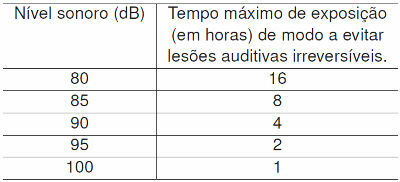Let's suppose a car describes a straight-line movement with constant speed of 40 km/h. Let's do the analysis of your velocity in three moments: A, B and C.

According to the figure above, in the three moments (A, B and C), the mobile speed is the same, that is, the speed remained constant at 40 km/h. This situation characterizes the uniform movement, due to the constancy of the speed value. We can also say that it is a straight motion and uniform whenever the mobile speed remains the same over time.
Straight motion - variable module speed
Now let's assume that a car moves in a straight line, but with increasing module speed.
Do not stop now... There's more after the advertising ;)

We can see from the figure that, over time, the mobile increased its speed. This movement is called straight and varied movement. The term miscellaneous it refers to situations in which the speed undergoes variations in its value. In this example, as the car got faster and faster, we can classify the movement as accelerated.
Suppose now that a car describes a movement to the right in a straight line, but with decreasing speed:

In this case, the speed decreases over time. This movement is also rectilinear and miscellaneous, but as the car got slower and slower, it's a movement retarded.
By Domitiano Marques
Graduated in Physics
Would you like to reference this text in a school or academic work? Look:
SILVA, Domitiano Correa Marques da. "Accelerated, retarded and uniform motion"; Brazil School. Available in: https://brasilescola.uol.com.br/fisica/movimento-acelerado-retardado-uniforme.htm. Accessed on June 27, 2021.



